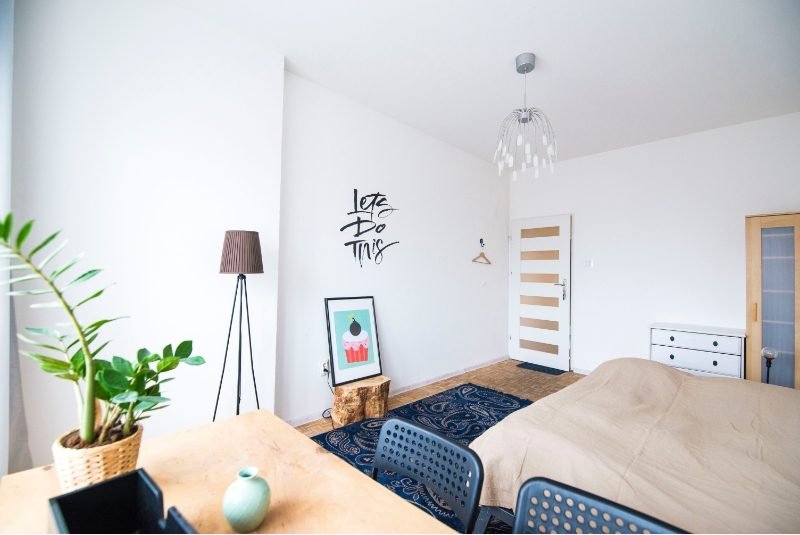
Adaptive reuse is the process of repurposing old buildings for new uses while retaining their historic features. This practice not only preserves architectural heritage but also promotes sustainability by reducing the need for new construction materials. This blog explores the concept of adaptive reuse in architecture, highlighting its benefits, challenges, and notable examples.
Adaptive reuse is inherently sustainable as it reduces the environmental impact associated with demolition and new construction. By reusing existing structures, we conserve resources and minimize waste, contributing to a circular economy.
Preserving historic buildings maintains the cultural and architectural heritage of a community. Adaptive reuse allows us to honor the past while making buildings functional for contemporary needs, fostering a sense of continuity and identity.
Revitalizing old buildings can stimulate economic growth by attracting businesses, residents, and tourists. Adaptive reuse projects often catalyze the regeneration of entire neighborhoods, boosting property values and local economies.
Old buildings may have structural issues or limitations that make adaptation challenging. Ensuring that these structures meet modern building codes and safety standards often requires creative engineering solutions.
Achieving a harmonious blend of historic and contemporary elements can be difficult. Architects must carefully balance preservation with innovation, ensuring that the new use is functional without compromising the building’s historical integrity.
The High Line is a prime example of adaptive reuse, transforming an abandoned elevated railway into a vibrant public park. This project has not only preserved a piece of New York’s industrial history but also created a unique urban green space that attracts millions of visitors annually.
The Tate Modern, housed in the former Bankside Power Station, is another iconic adaptive reuse project. The transformation of this industrial building into a world-renowned art museum has revitalized the surrounding area and preserved its architectural legacy.
Converting industrial buildings, such as warehouses and factories, into residential spaces is a growing trend. These structures often feature high ceilings, large windows, and open floor plans, making them ideal for loft apartments and mixed-use developments.
With changing work patterns and the rise of remote work, many office buildings are being repurposed into mixed-use developments. These projects integrate residential, commercial, and recreational spaces, creating vibrant, self-sustaining communities.
Adaptive reuse is a powerful tool for sustainable development and heritage preservation. By creatively repurposing old structures, we can honor the past while meeting the needs of the present and future. As the architectural landscape evolves, adaptive reuse will continue to play a crucial role in shaping resilient, vibrant urban environments.




There are many variations of passages of Lorem Ipsum available majority have suffered alteration some .